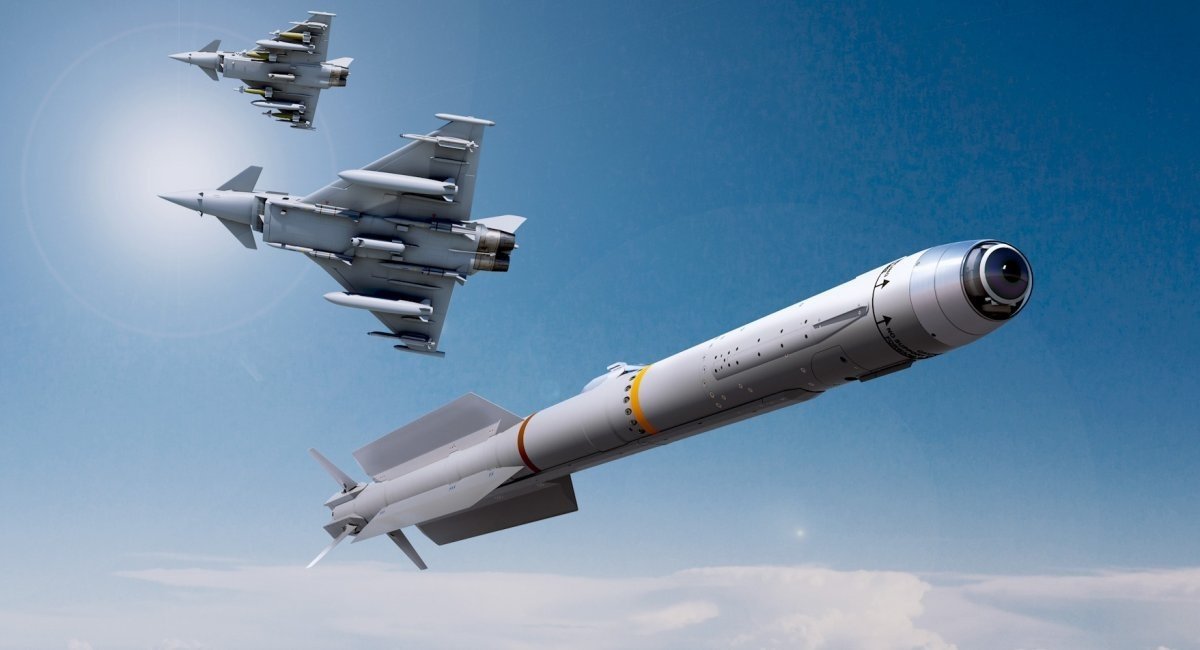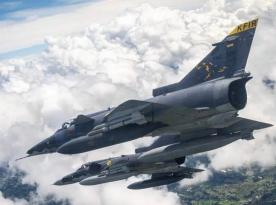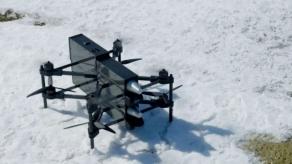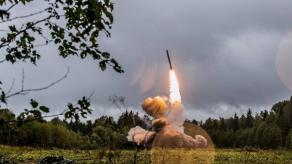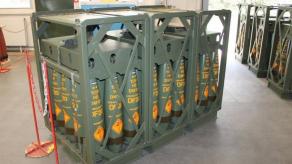The German defense firms are jointly developing the jet-powered AirLAS drone, designed to carry a single IRIS-T air-to-air missile. This concept envisions a reusable unmanned platform serving as a forward-deployed interceptor against enemy aircraft, cruise missiles, and drones.
According to the German defense outlet Hartpunkt, the first flight trials are scheduled for 2025. However, AirLAS remains in the conceptual phase, and no procurement contracts have been signed to date, not even by the German military, which is seen as the most likely initial user.
Read more: IRIS-T SLM vs Hypersonic Missiles: Germany Bets on AI in Race Against Ballistic Threats
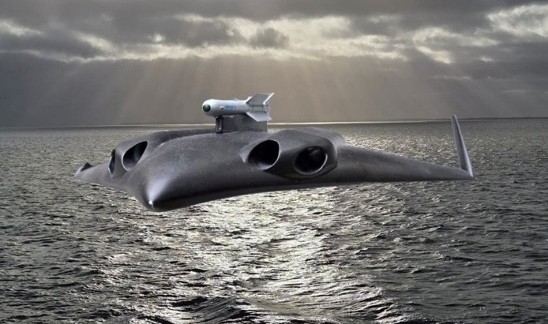
Developers describe AirLAS as a force multiplier for the IRIS-T missile, enhancing its effective range. The IRIS-T can strike targets up to 12 km when launched from the ground and up to 25 km when launched from an aircraft. By deploying the missile from a drone at altitude and closer to targets, the engagement envelope could be extended even further.
Initial flight tests will use a mock-up of the missile, focusing on airframe performance and launch platform validation.
From a defense technology perspective, the AirLAS is a creative and forward-looking development. However, as Defense Express notes, the system faces several practical challenges that could impede its path from prototype to production — issues that may deter potential buyers.
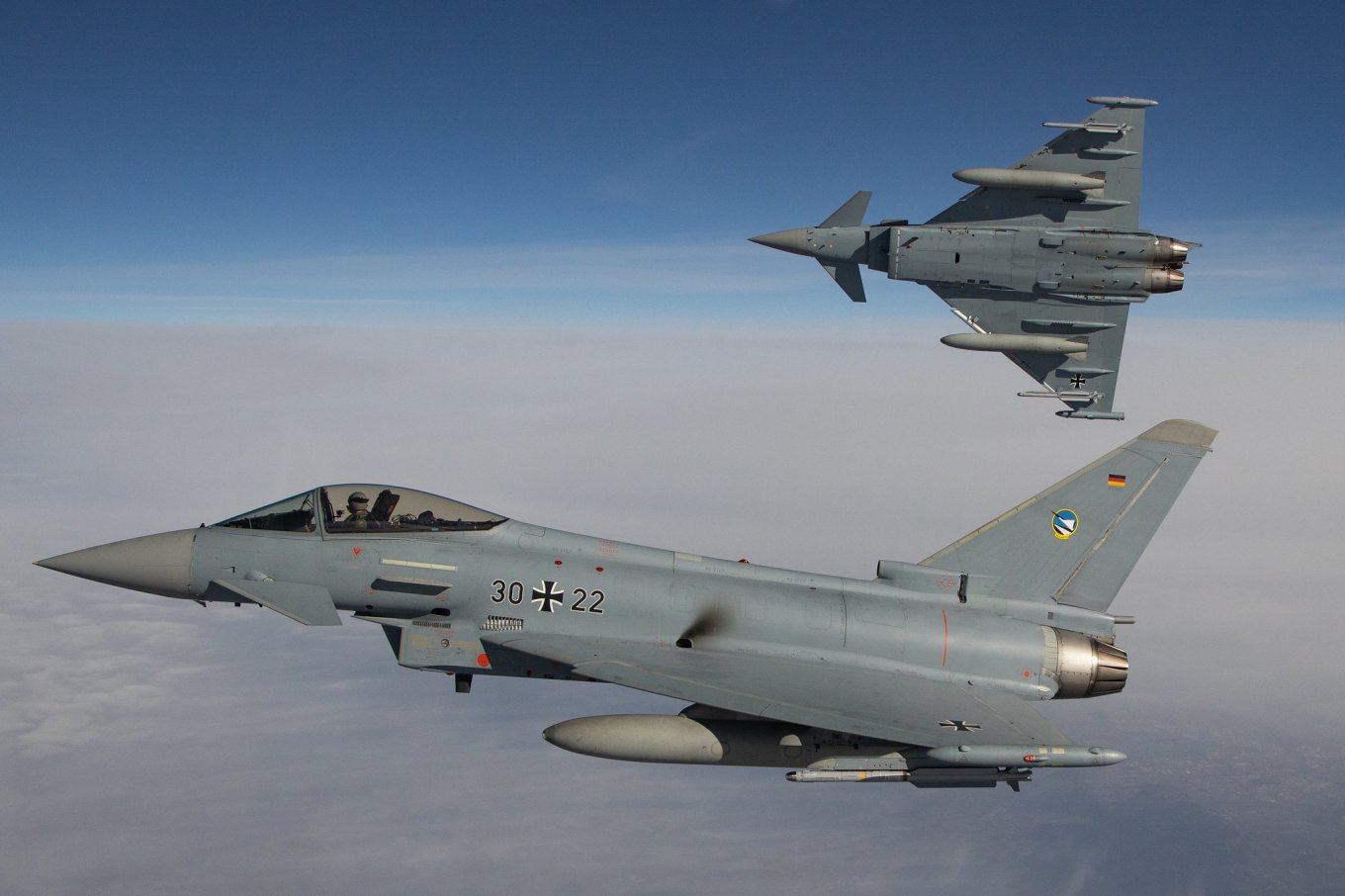
Key performance details remain undisclosed, including cost, manufacturing pace, operational range, launch procedures, and targeting systems.
Even if Diehl Defence and POLARIS manage to reach acceptable production speeds, the limited availability of IRIS-T missiles could pose a critical bottleneck. Unless missile production scales up in parallel, AirLAS may remain an interesting but impractical experiment in modern air defense.
Previously, we reported on MBDA’s plans to mass-produce a new missile at a rate of 1,000 units per month. We also covered ongoing improvements to the IRIS-T missile: while Diehl withheld technical specifics, our analysts uncovered key details.
Read more: IRIS-T Block II Upgrade Announced: What Diehl Didn't Say, We Found Out




